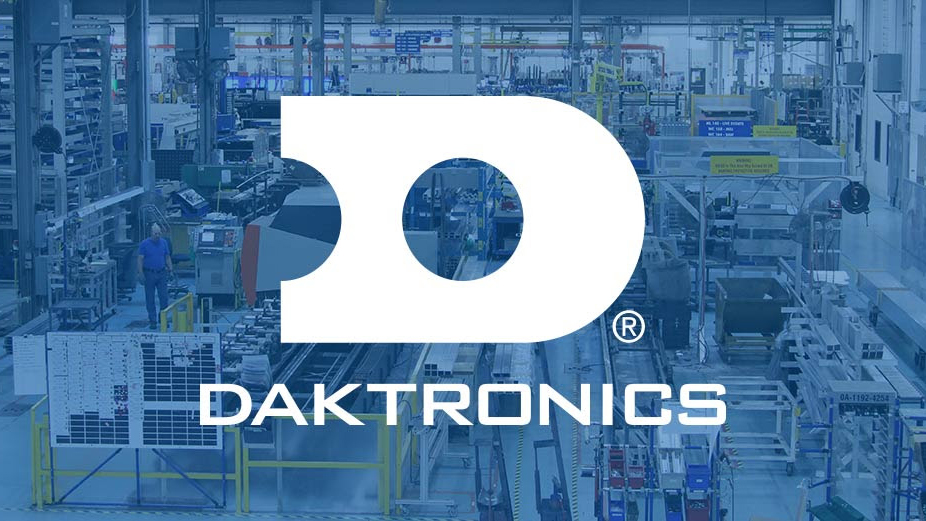From NFL teams to top college football programs, from sportsbooks to esports, Daktronics has delivered an incredible number of high-profile display projects in 2022. But like so many other manufacturers, supply chain issues have stressed the company's finances.
Daktronics reported results for fiscal 2023 second quarter which ended October 29, 2022, and provided details on the initiatives underway to improve liquidity and cash generation as the company emerges from pandemic-related conditions that led to historic inventory buildup.
[Supply Chain Struggles: What You Need to Know for 2023]

Q2 FY2023 Financial Highlights
- Net sales of $187.4 million, a 14% and 9% increase from the second quarter of fiscal 2022 and the first quarter of fiscal 2023, respectively.
- Orders of $182.8 million, a 11.7% increase from the second quarter of fiscal 2022.
- Product order backlog remains at historically high levels of $463.1 million.
- Operating income of $1.5 million and net loss in large part due to a $13 million non-cash deferred tax asset valuation adjustment.
"The unprecedented and persistent supply chain conditions caused lower gross profits through fulfillment as well as higher costs for materials, labor, and freight that were not all able to be passed on to our customers," explained Reece Kurtenbach, chairman, president, and CEO in an official statement. "We made the strategic decision to keep delivery windows for our customers as close as possible to the originally committed date as supply chain and manufacturing constraints would allow, even though this sometimes added additional costs to fulfill projects. To address supply chain volatility, we aggressively secured inventory to fulfill orders for our customers, consuming cash while increasing predictability of operations. We did all this because Daktronics has distinguished itself for 54 years by meeting our customer commitments on delivery dates, product quality and customer support. Our people displayed enormous strength, adaptability, and resiliency over the past year and a half to maintain that reputation, securing supplies of critical components and responding to customers when demand came rushing back."

To increase its financial flexibility in an effort to support its strategic decision to buy and build component inventory to fulfill the record backlog level, Daktronics amended its credit facility on Oct. 31, 2022, by $10 million to $45 million until Jan. 31, 2023, at which time the facility returns to $35 million with a maturity date of April 29, 2025.
"However, because of the short-term nature of the increase, and because we cannot be certain that we will not experience significant future disruptions or need additional liquidity beyond our current sources to fund inventory levels, operations, and capital expenditures," Kurtbenbach continued, "it was concluded during the preparation of our quarterly financials, according to the accounting principles generally accepted in the United States of America, these conditions ‘raise substantial doubt about our ability to continue as a going concern’. This conclusion then required a recording of a valuation allowance for uncertainty in recoverability of our net deferred tax assets and current year tax benefit, resulting in us recording a $14.8 million non-cash charge for income taxes in the quarter, of which $13.0 million was to reverse previously recorded deferred tax assets."
[A Fresh Perspective on Distribution’s Role in the Post-Pandemic Supply Chain]
Liquidity Enhancement Program
Kurtenbach went on to explain that as Daktronics continues its pandemic recovery, will look to improve cashflow and enhance the company's liquidly. That includes taking steps to proactively complete and fulfill orders in the $463.1 million backlog, aggressively manage working capital, maximizing asset returns, and obtaining additional sources of liquidity.
Daktronics stock listing has been quite volatile over the past week alone, arguably as a result of the company's financial news. On Dec.6, 2022, the stock was listed at $3.32 and on Dec. 8, it hit a 52-week low of $1.75. In early trading on Dec. 12, the stock was trading above $2.
